Getting Started with Collaborative Robots: Buying your First Collaborative Robot

Posted on Sep 13, 2016 7:00 AM. 6 min read time
So you’ve managed to convince management to invest in collaborative robots (cobots) for your application. As project champion, you may have promised significant benefits like improved ergonomics for workers, eliminating boring or dangerous jobs, fast ROI and significant gains in efficiency. These are big promises and now, it’s time to deliver.
So how can you spec and source the right cobot for the job?
It all starts by knowing your options and relating them to your application. For instance, you may hope to start small and slow by introducing a single robot to move around the factory where it’s needed, or you may want to integrate it into a single process and expand it from there.
Should you look at FANUC’s CR-35iA? What about Universal Robots UR10? Or maybe Rethink Robotics’ Baxter… Don’t forget ABB’s YuMi.
Don’t develop a case of analysis paralysis. Assess your automatable applications and find out how to best address their needs.
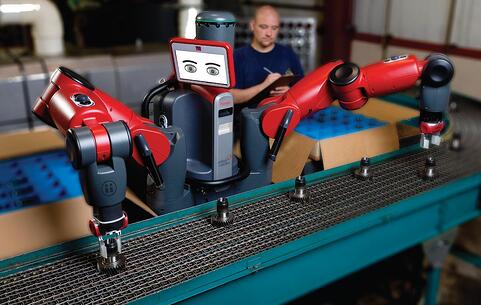
Focus on Your Application’s Needs and Plan for Expansion
In the 5 Steps for Getting Started with Collaborative Robots eBook, we learn to maximize efficiency by automating simpler applications that don’t require more advanced skill sets and critical thinking. This approach helps to eliminate roles that your employees probably don’t want to do anyway.
It’s also important to consider roles that require minimal infrastructure changes and investment. Planning for flexible automation is key to ensure the lowest overall cost, fastest time to market and quickest ROI.
To achieve this, we need to think along the lines of critical path analysis (CPA).
Using CPA thinking, we look for the weakest points in the manufacturing process. This is where automation can benefit the entire system the most.
For example, getting human hands out of an uncomplicated pick-and-place application would allow you to move these skilled employees into a role too complicated or challenging for the automation available. Cobots can even be partnered with humans to speed up higher-skilled roles.
When looking to automate, consider applications that require simple movements, minimal programming, sensing and force control.
Once your first cobot proves itself the next steps include shifting it to other applications to test the extent of its adaptability, collaborative prowess, and where else automation may be of benefit. Moving forward, you may find yourself realizing the need for a network of cobots.
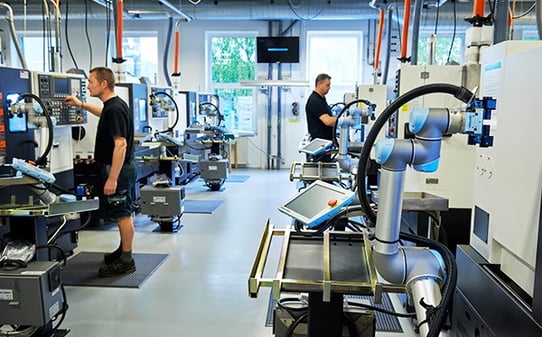
You Are Not Alone – Learning by Example
But before thinking too far ahead, don’t be afraid approach peers, vendors and distributors to learn from their experience.
A customer or supplier who uses cobots themselves can help you reach an understanding of what strengths and weaknesses their cobot has, and whether or not it could be adapted to fit your own application.
Know what information or data you’ll need to understand the possibilities for your application. Ask peers questions about their application like the following:
- How complex is it to program the cobot?
- How frequently does the cobot require maintenance?
- How quickly can an employee be trained to work with, or maintain the cobot?
- What limitations have you discovered in the cobots capabilities?
- What kind of accessories, like end effectors, are necessary for the job?
- What safety considerations did you have to consider for the application?
The above questions are simply examples, but knowing your application’s needs will greatly expand this list.
If able, document the application – take pictures and video to explore more detailed plans and ideas on how to best automate your application with the cobots available.
Refer to part two in the “Getting Started with Collaborative Robots” series, How to Shop for a Robot, for more information on robot specifications, accessories and other information to keep in mind during this process.
With all of this information in consideration, you may have developed an idea of what brands of cobots may best suit your application. The next step is to take the leap and approach an authorized integrator.
Authorized integrators are specially trained and certified to handle, program and perform maintenance on specific brands of industrial robots – as well as help you find distributors for the brand you want. They can also help you reassess your plan and, if necessary, optimize it to ensure you reach optimum efficiency, safety standards and get that fast ROI you’re counting on.
Working with an Integrator for Best First Results and What to Expect
It’s important to develop a close partnership with authorized integrators as they can also be turned to when it’s time to expand your use of cobots or further automate processes.
To find that ideal partner, you’ll want to do a bit of research into who is in your area and how to start the conversation.
It’s important to get an idea about how much attention to detail your potential partner may have when it comes to application specifics, as it may be a good indication of their quality of work. The more questions they ask about your application, the better.
Investigate if your potential partner may have previous experience automating applications like yours – this can greatly simplify the whole process.
Finally, put in the extra time and effort to reach out to that integrator’s past customers who have applications similar to yours. Ask questions like how reliable is their tech support? Were there any difficulties in working with this integrator?
If you’ve got multiple integrators bidding for the project, there are plenty more tips out there on how not to get fooled when choosing a robot integrator.
Before you pick up the phone and start making calls, it’s important to develop an understanding of the integrator’s side of things.
How exactly do integrators tackle a project? Where do they start? What do they need?
To simplify, integrators will require time for the following:
- Analyze Applications: Where can a robot be implemented? What kinds of materials or parts will the robot be handling? What restrictions to size, speed or maneuverability may be present?
- Evaluate Solutions: Discuss with a team what possible solutions could be used to meet the application’s needs and restrictions. Multiple viewpoints provide a greater degree of expertise and insight.
- Project Start: Team begins work on design, component selection, and safety standard testing, Further evaluation of application and its solution may be required as new technology, requirements or limitations are presented.
- Installation and Programming: The project has reached maturity and its time to integrate the solution. This requires physical implementation, programming and final testing.
- Training and Tech Support: The project isn’t over yet. Those who will be using and maintaining the cell(s) must be properly trained to program and maintain the new technology. The more complex the solution, the more complex this step can be.
For greater detail on these points and more, you can continue reading on how integrators evaluate a robotic manipulation process here. To learn more about working with authorized integrators and how Dynamic Group integrated their first UR10 from Universal Robots, continue reading at ENGINEERING.com.
Don’t let the amount of work involved for the integrator intimidate you – collaborative robots are becoming easier and easier to program and repurpose and good integrators have much wisdom to pass down to their customers.
As manufacturers continue to automate their processes and develop upon existing solutions, they grow in their own integration knowledge and require less assistance from integrators.
To help you along your way to reaching that point of expertise, check out DoF, a Robotiq Community. DoF is an online platform where manufacturers can share ideas and solve automation problems while growing their own integration knowledge by sharing applications with peers.

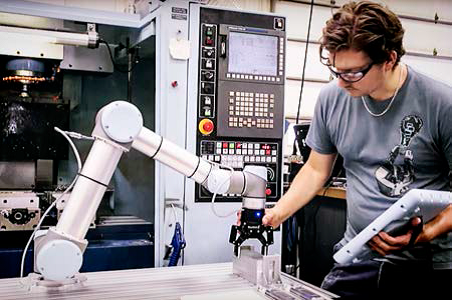
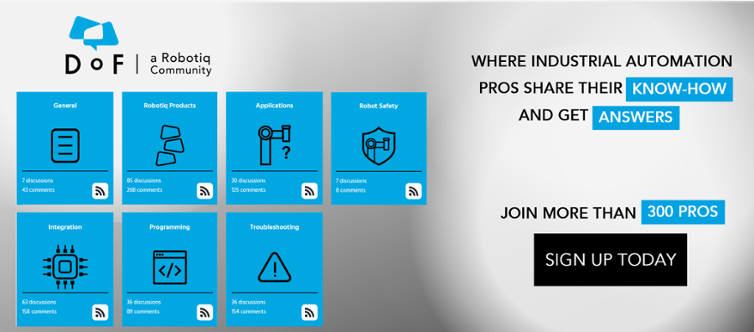




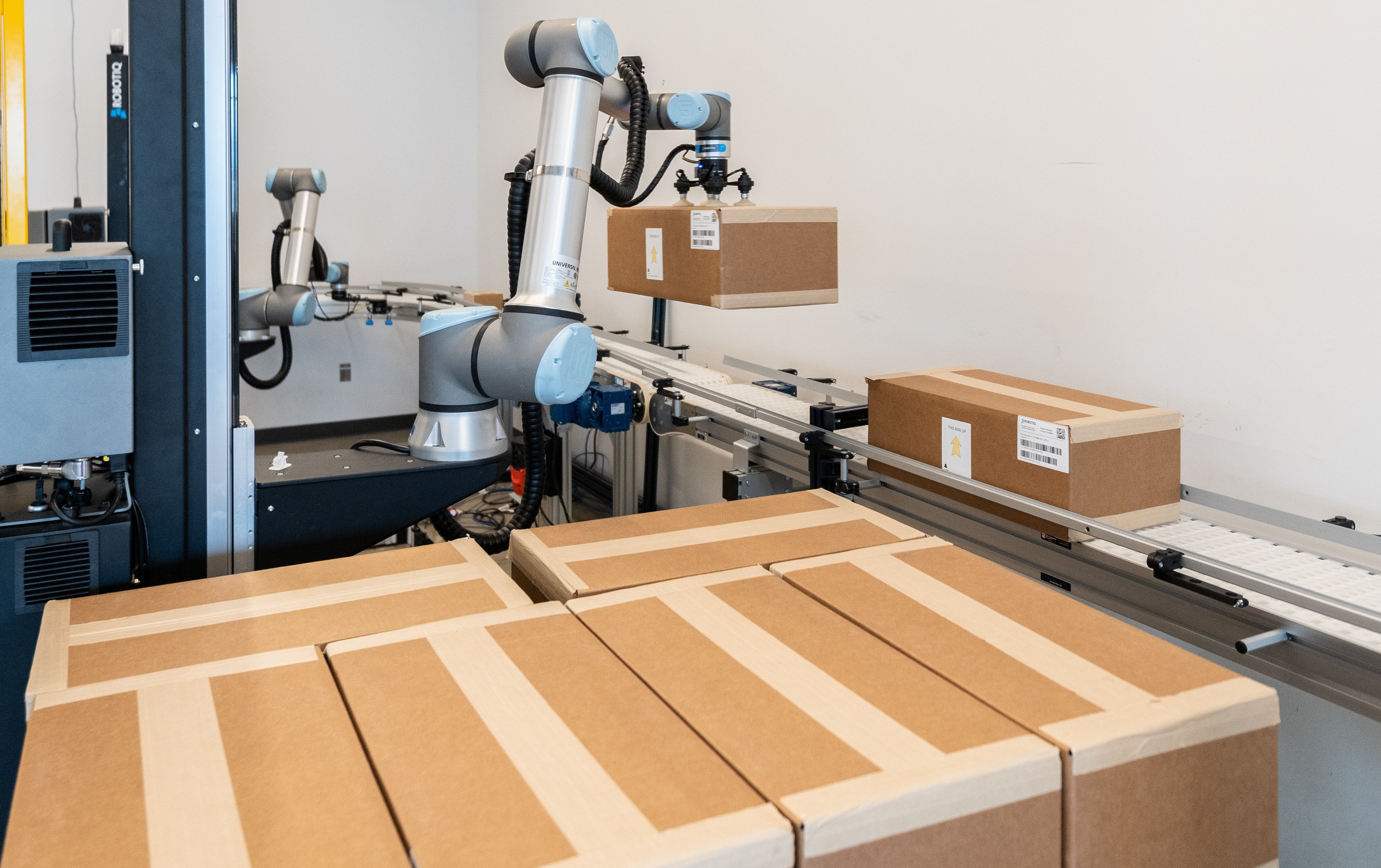

Leave a comment